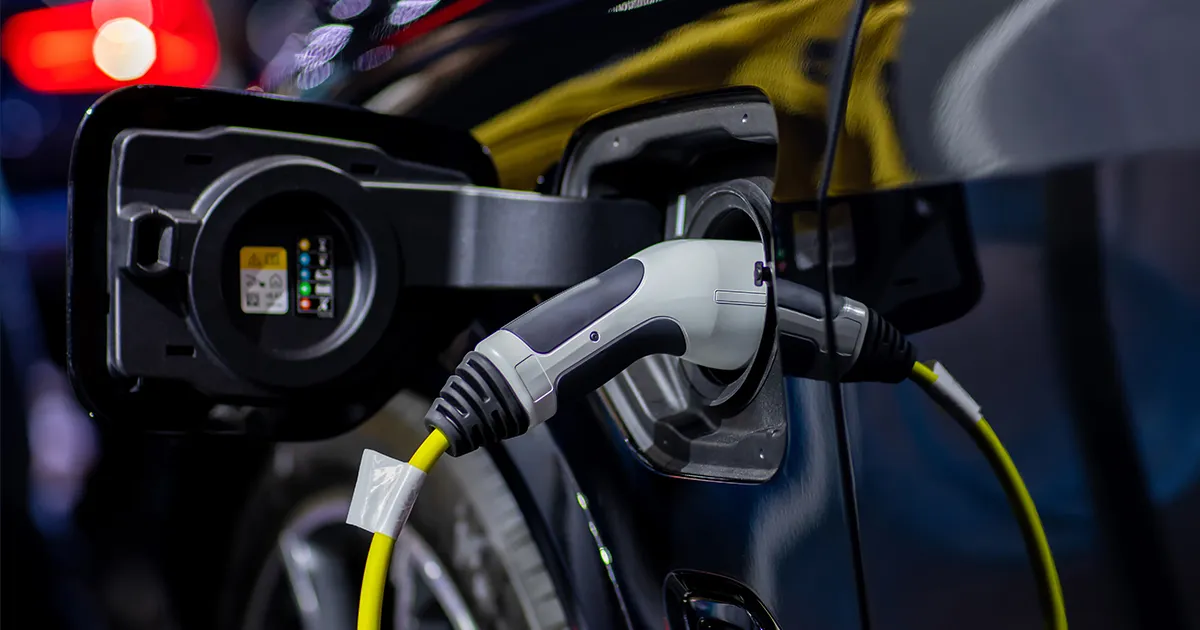IEA: Continued Push for Clean Energy Can Help Humanity Dodge Climate Crisis

Reducing global reliance on fossil fuels is a top priority for essentially every major government. As the world races to slow the rise of global warming and carbon emissions, innovative new solutions are essential. But so are green energy staples like wind and solar power.
Though most climate reports and renewable energy studies offer a grim outlook for the future, a recent report issued by the International Energy Agency (IEA) gives humanity a bit of hope.
Solar, Wind Energy Leading the Way
Mitigating the effects of climate change demands a massive amount of collaboration from nations around the world. IEA represents the countries that, together, account for 80% of global energy usage. In other words, the agency’s outlook includes the nations that can be most influential in turning Earth’s current energy crisis around.
Following the agency’s recent statement, IEA executive director Fatih Birol said, “The pathway to 1.5 degrees Celsius has narrowed in the past two years, but clean energy technologies are keeping it open. The good news is we know what we need to do—and how to do it.”
The number Birol refers to is the key temperature marker of climate change. If the environment heats above that number, the most devastating effects of global warming will make themselves known—including catastrophic events like flooding and heatwaves. For this reason, experts frequently emphasize the need to stop global temperatures from rising higher than 1.5 degrees C (2.7 degrees Fahrenheit).
The IEA’s optimistic report outlines a path toward accomplishing this goal—something the agency wasn’t sure could be done just a few years ago.
Transitioning energy sources away from fossil fuels to clean sources is key. This year, countries are expected to spend a total of $1.8 trillion to make this change. However, IEA projects annual spending will need to increase to $4.5 trillion by the early 2030s to meet global climate goals.
A push for more electric vehicles is another key measure aimed at cutting fossil fuel emissions. Countries around the globe are mandating EVs and even putting restrictions on gas-powered car sales. Meanwhile, carmakers are announcing revamped lineups featuring models that run exclusively on electricity. By the end of the decade, the auto industry’s shift toward electric will be in full effect and the results even more apparent.
Better to Prevent Than Fix
Preventing the worst aspects of a climate crisis won’t be easy. But, fortunately, clean energy costs are on a steady decline. Manufacturing and installing equipment for solar and wind-based energy generation is cheaper than ever. With more equipment needed urgently, this trend offers a glimmer of hope for the future.
Following the IEA report, Green Peace International’s Kaisa Kosonen said in a statement, “It’s an extraordinary moment in history: we now have all the tools needed to free ourselves from planet-heating fossil fuels, but there’s still no decision to do it.”
Her words are a dig at the oil and gas industry, which continues to advocate for its seat at the table. Fossil fuel executives believe oil, gas, and coal can be part of addressing climate change. However, research from leading agencies shows that the opposite is true.
Although the IEA’s most recent report demonstrates humanity’s ability to turn the tide of climate change, success isn’t a guarantee. Continued global cooperation and heavy investment in clean energy sources are paramount.
If these initiatives aren’t put into place quickly enough—or with enough vigor—the 1.5-degree Celsius barrier looms. Researchers warn that crossing it would put the world in an even less enviable position of needing to remove carbon emissions from the air.
Currently, the technology to do so is mildly effective on a small scale but remains incredibly expensive. Its efficacy on a global scale is completely untested.
Birol says, “Removing carbon from the atmosphere is very costly. We must do everything possible to stop putting it there in the first place.”
For now, this means decreasing reliance on fossil fuels and increasing our capacity to generate green energy from natural sources are our best tools. If humanity can stick closely to this path, IEA believes it’s possible to avoid the most dangerous consequences of climate change. If not, the future is far from certain.





